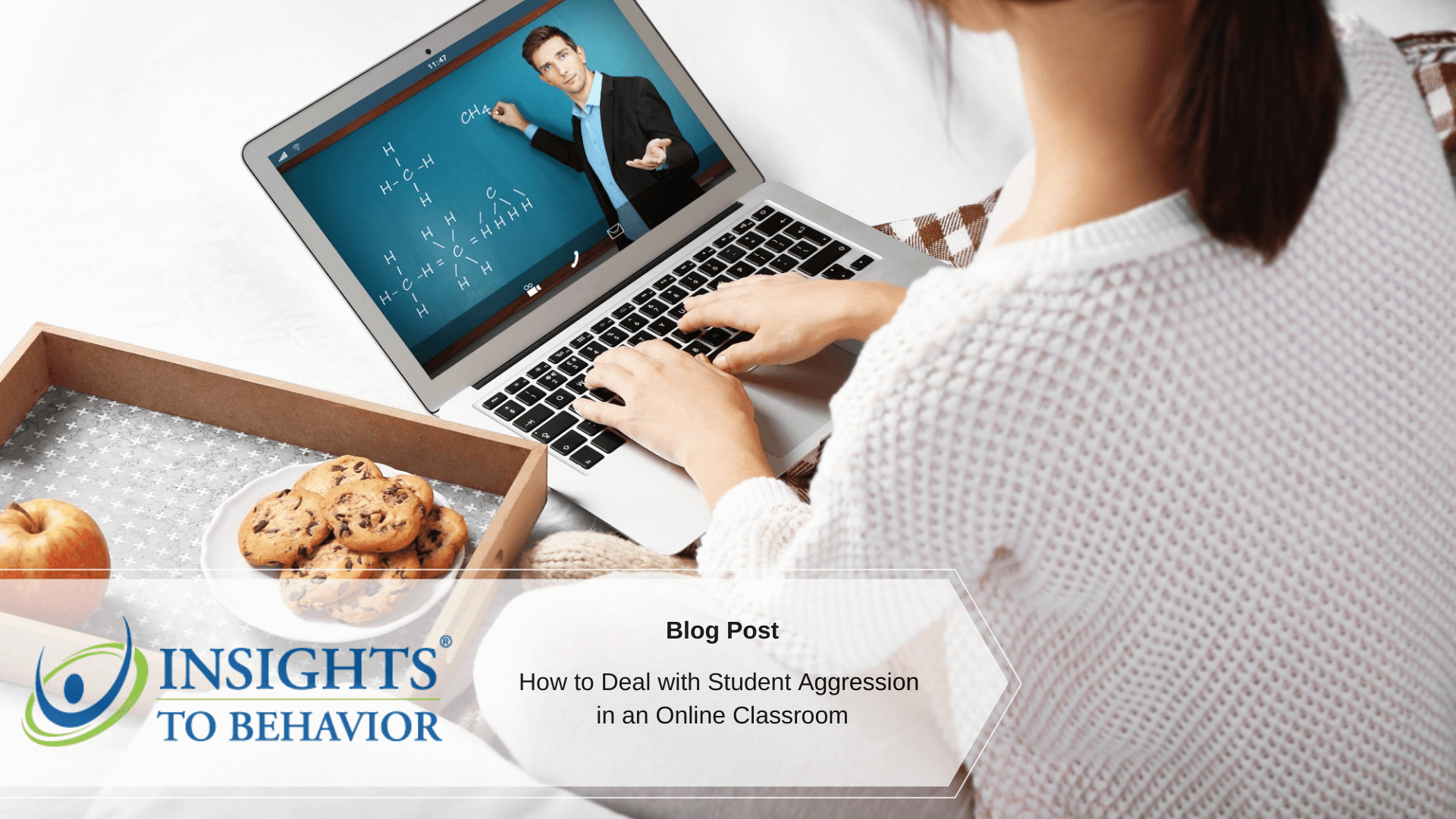Are you having issues with aggressive or defiant students in your online classroom?
Virtual learning has thrown many, if not all, teachers for a loop. And with the guidelines for safe and effective education constantly shifting (and very little consistency from one state to the next), it’s understandable that even one student being defiant in class could be bringing you to your tipping point.
Fortunately, there are things you can do to deal with student aggression even when you aren’t physically in the room with them.
Here are some tips to get your classroom back to running smoothly.
Speak Clearly to the Student
Now more than ever, clear communication is absolutely essential for teachers. The truth is that online classroom platforms are not conducive to success for a lot of students. But as a professional, you still have to try your best to make it work.
First and foremost, be sure that the student knows you are speaking to them when it comes to addressing this issue. Don’t just assume because you are saying their name in an online classroom setting that they know they are doing wrong.
It could also help to request an individual meeting with the student before or after class. Let them know (citing specific examples) what you’re seeing from their behavior and how it’s disrupting class.
Be sure to ask the student questions, too. This style of learning is just as challenging for students, many of whom are learning in homes that are absolutely not set up for their best interests.
Remember Where Aggression Comes From
When identifying behavior, it’s important to remember that aggression is usually an underlying symptom of something else going on at home.
In fact, one study found that there is no single identifier of what causes aggression because it is so wide-ranging. Some of the factors, though, include:
- Disturbed family dynamics
- Parental characteristics being projected onto the child
- Poor relationships with other students/family
- Exposure to violence in the home
- Attachment issues
Wherever it’s coming from, remember that aggression is caused by a lack of something. The student bursting out and being defiant is experiencing scarcity. Try asking questions and deploying empathy.
This could not only help you find a solution but also help the student better.
Take a Breath
It almost feels like discounted advice to offer this as a solution, but it can’t be understated enough. Online classroom learning is a new challenge that many teachers were not anticipating.
Remember that you’re doing the best you can given the circumstances. Don’t take the child’s behaviors personally. Chances are their outbursts have nothing to do with you or your lessons.
Perhaps the student in question felt most safe at school. Maybe being at home makes it very difficult for them to learn. Or perhaps the lack of structure over the last (almost) year has made it harder for them to focus.
Besides taking a breath, make sure that you’re taking care of yourself. Ask what activities you can add to your routine.
Yoga? Meditation? Anything that will help you decompress.
Speak With Parents
If the outbursts become so significant that it’s affecting other student’s learning, then it’s time to get parents involved.
Of course, it’s not uncommon for children acting this way to have parents that are not involved. They could also display similar characteristics at home. But regardless of their age or the specific behavior, you should still let them know that the issue in class is becoming unacceptable.
Although it may take some coordinating on your end, see if you can schedule a short Zoom call with both the parent and child present. Having everybody in the room at once is far preferable to triangulation, and can hopefully help reset the child’s behavior.
When approaching parents, especially ones you may not have spent time with in person before, remember again to employ empathy. With unemployment rates through the roof and many people having difficulty with mental health during the COVID-19 pandemic, there’s a higher chance than ever that they’re as stressed out as you are.
Document Everything
It’s a bit of a last resort, but eventually, you’ll have to start tracking and reporting the problem. Especially if they’re disrupting learning for other students.
Documenting behaviors is important for a number of reasons.
This protects you professionally. A lot can be lost in translation between Zoom and email. You don’t ever want to put yourself in a situation where you get judged for your performance at work because of another student’s defiance.
But documenting the situation can also go a long way in helping address the underlying issues with the students. There’s an old saying that what isn’t measured can’t be managed, and that absolutely applies to challenging students.
Without data to assess the situation, you’ll likely struggle to make consistent progress. With data, you’re able to set better goals for the student’s behavior, measure progress, and track outcomes.
Online Classroom Solutions
It’s not an easy thing to deal with aggressive student behavior in an online classroom. But to put it bluntly, a proactive, empathetic approach is the way to go.
In a time where many are scrambling, child outbursts and stress are very common problems.
Approach it professionally and go through the steps to help the student—but at the same time, don’t take the behavior too personally.
To learn more about measuring and improving student behavior, check out this resources page, or join our free behavior management webinar to help you improve the status of your classroom.




